|
| After the Sweet shop closed, local contractor, John Mayes occupied the site as an office for his paving business. Later the building was the office of the Lee Stover Insurance Agency. Hair salons, Images and Dragonflies were located here prior to 2020. Currently, Pridmore Floral Design provides wedding floral designs from this 500 West Market Street address. RDoll |
Goldberg Brothers
Quality Store
As teenagers, Harry and Samuel Goldberg left Lithuania for America and arrived at Ellis Island in 1905 with instructions to meet a certain contact in Philadelphia who would provide them with a place to stay and whatever they needed. Upon reaching Philadelphia, they were given a few articles of clothing, a meal and encouragement to keep moving outside the city where the cost of living was more affordable.
They settled in Perkasie, Bucks County where most folks spoke Pennsylvania Dutch- a local dialect of German. Though they spoke no English at the time, their Yiddish skills were sufficient to allow interaction in the community. They found cut-and-sew work in a local clothing factory paying $1.35 a week. When the brothers learned their foreman who had worked there for 30 years but was earning only $1.55, they decided this was not the career path they wanted to take and began planning to go into business for themselves.
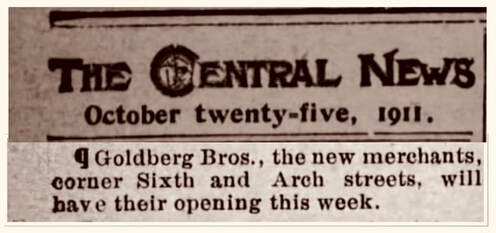 Central-News, October 25, 1911
Central-News, October 25, 1911 Within a year or two, Isaac would join his brothers in Perkasie. In 1911 they would open their first retail establishment, Goldberg Brothers Quality Store.
The store was located at Sixth and Arch Streets on the site of the current Grandview Service Center. The Goldbergs catered to their working-class customers and purchased a horse and wagon to make home deliveries of the clothing and material goods they sold.
Samuel married and looking for larger markets to sell goods, left the partnership in 1914, moved to Philadelphia and eventually founded Goldberg Marine… a major retailer of boating supplies. Isaac also married, moved to Philadelphia and started I. Goldberg Army Navy. By 1915 the Goldberg’s Perkasie store closed and Harry moved to Souderton… eventually opening H. A. Goldberg’s Clothing Co. on East Broad Street. His business thrived into the mid-1960s when the business finally succumbed to the competitive pressures generated by area shopping centers and malls.
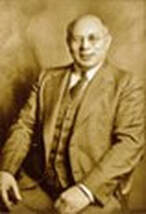 Harry Goldberg
Harry Goldberg Story & photos contributed by Alan Weisberg, son of Jeanne Goldberg Weisberg and grandson of Harry & Anna Goldberg.
Memories of Perkasie
Sharing interesting connections between Perkasie's people, places and events.
Rick and Louise Doll
Navigation Hint: The postings can be viewed by date, by topic category, or in reverse chronological order (most recent posting first)
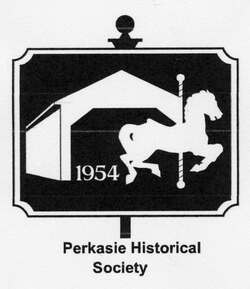












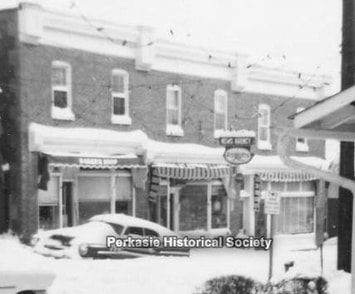

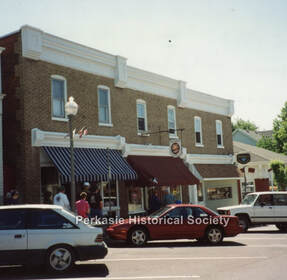
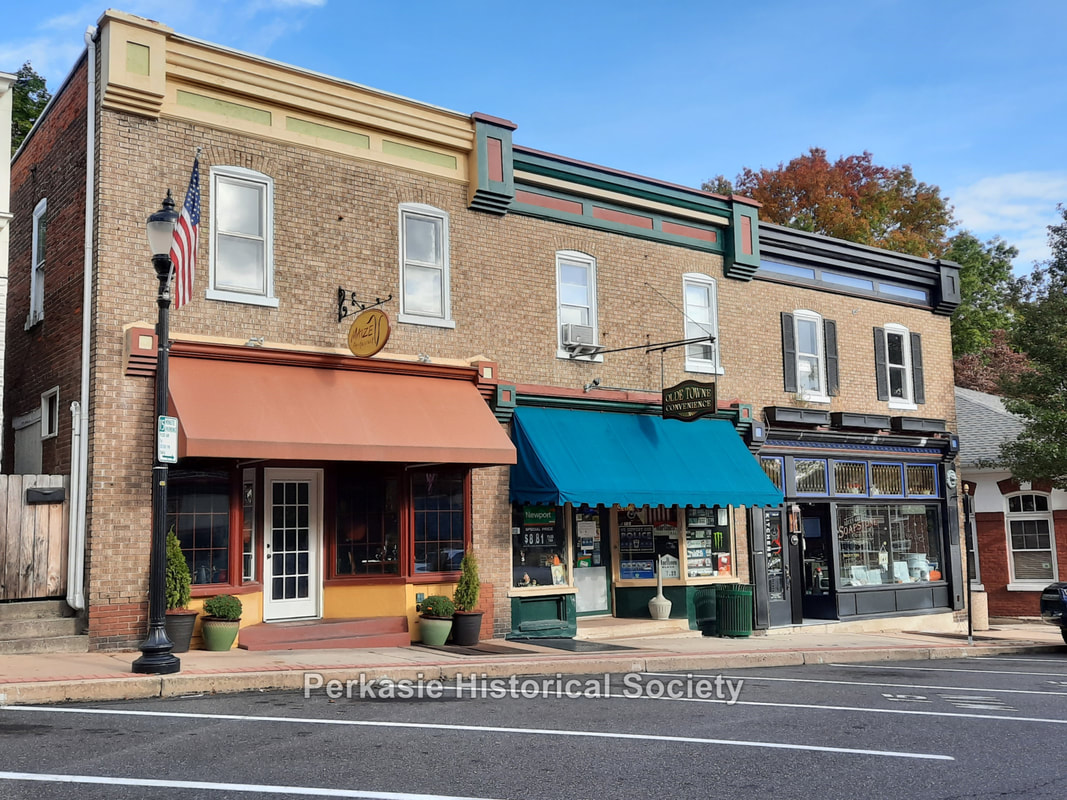
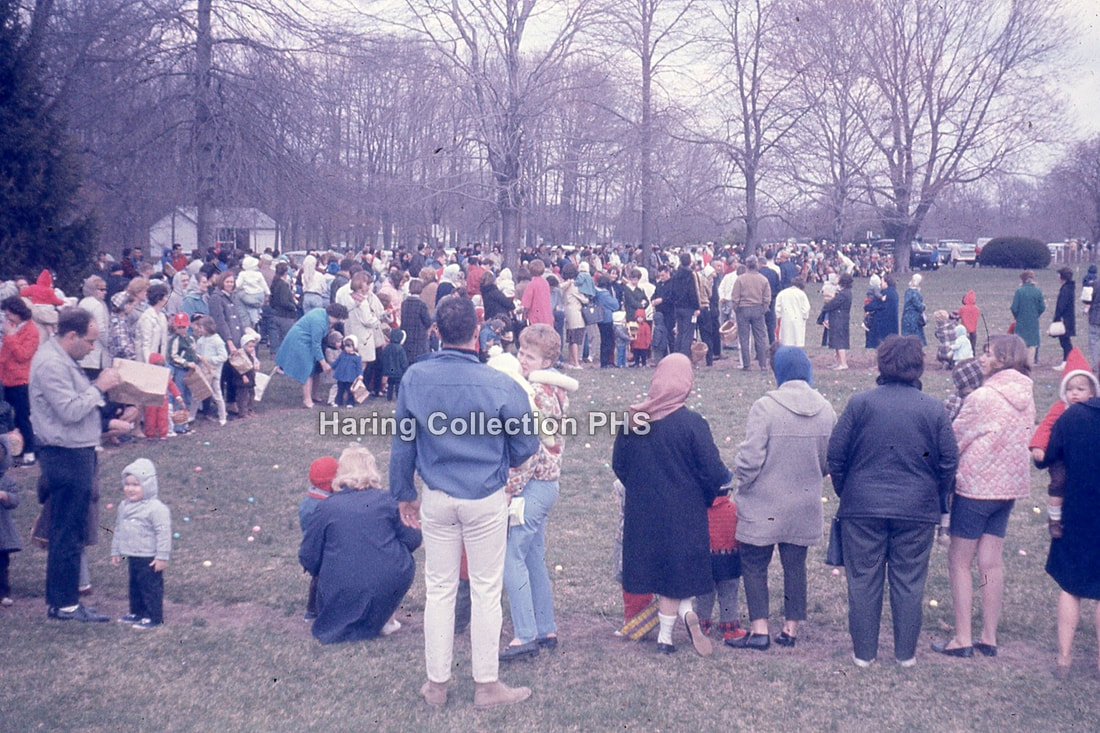
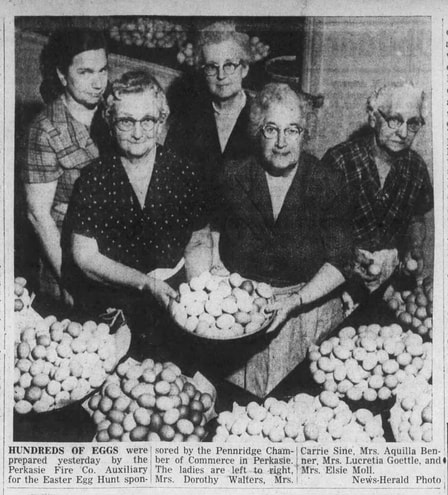
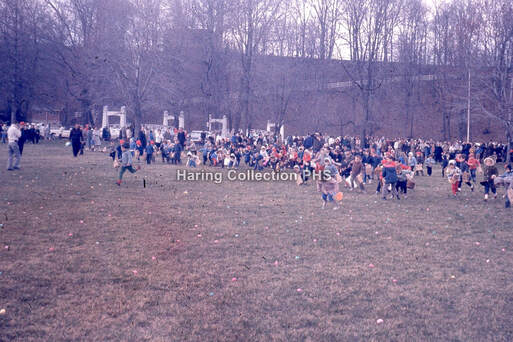
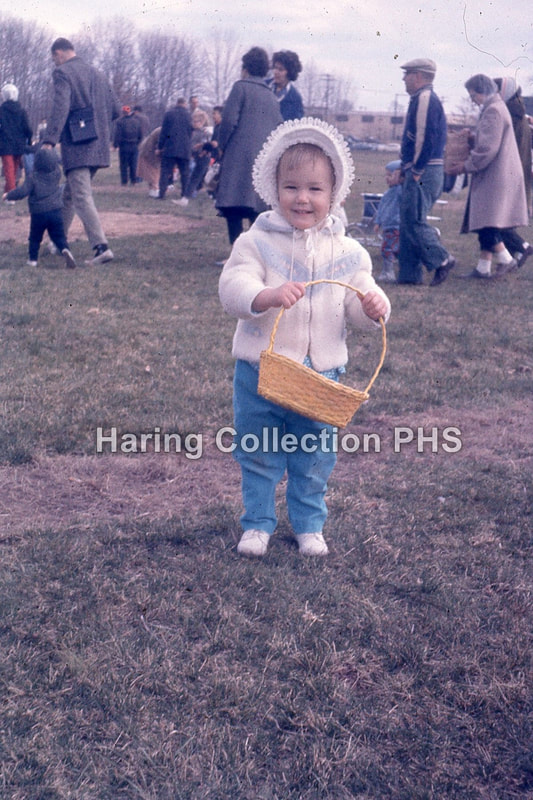
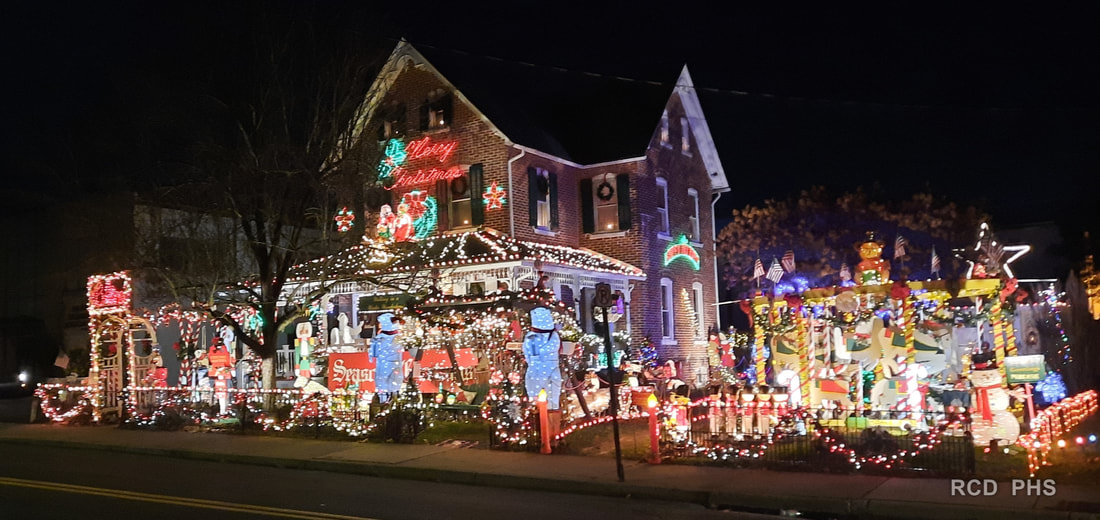
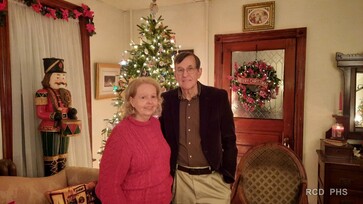
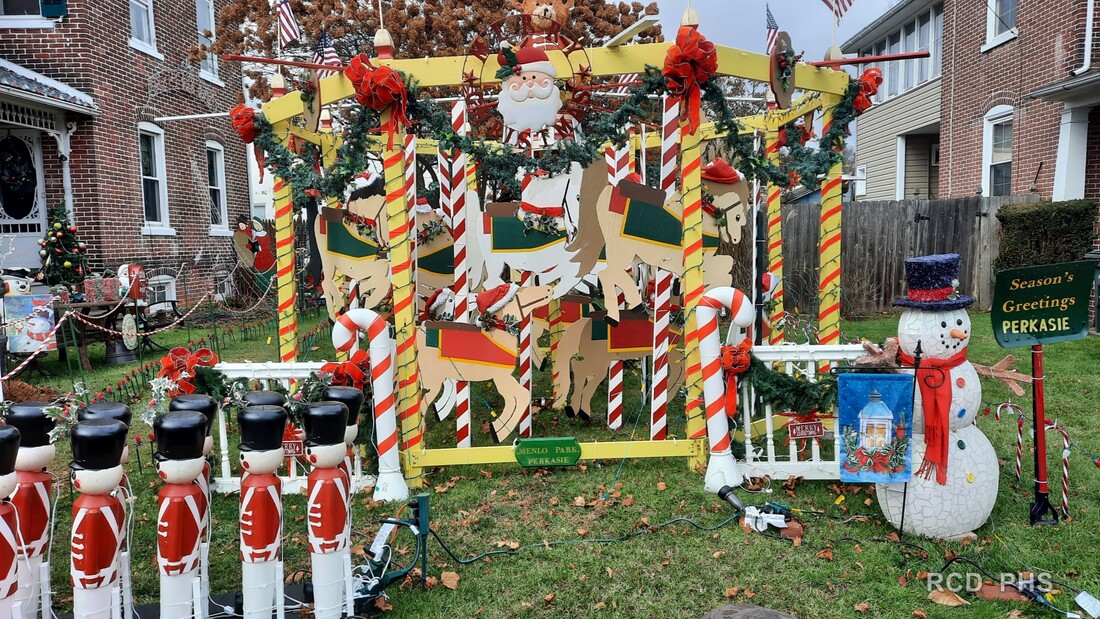
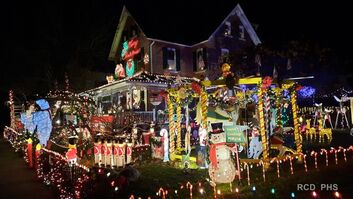
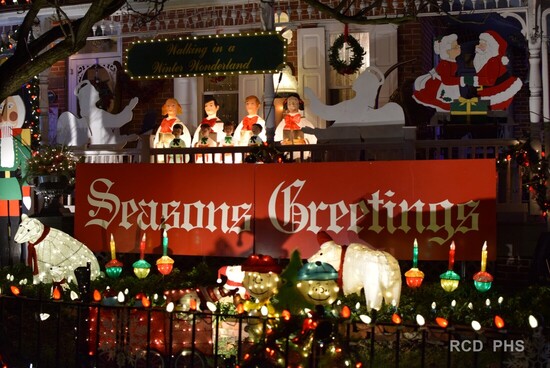
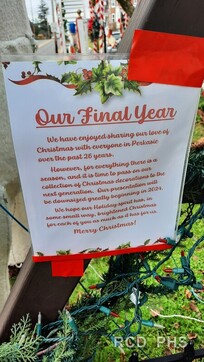
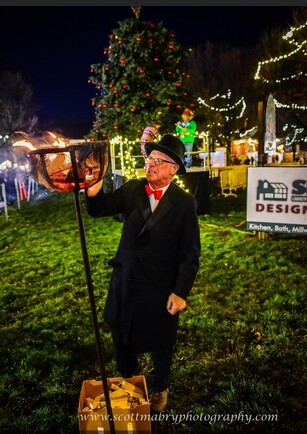
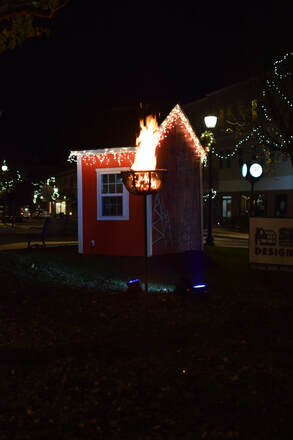
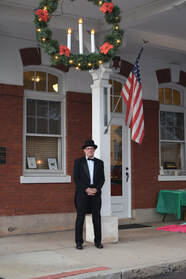
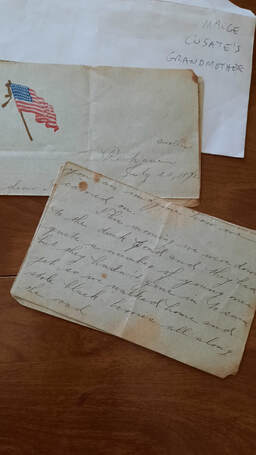
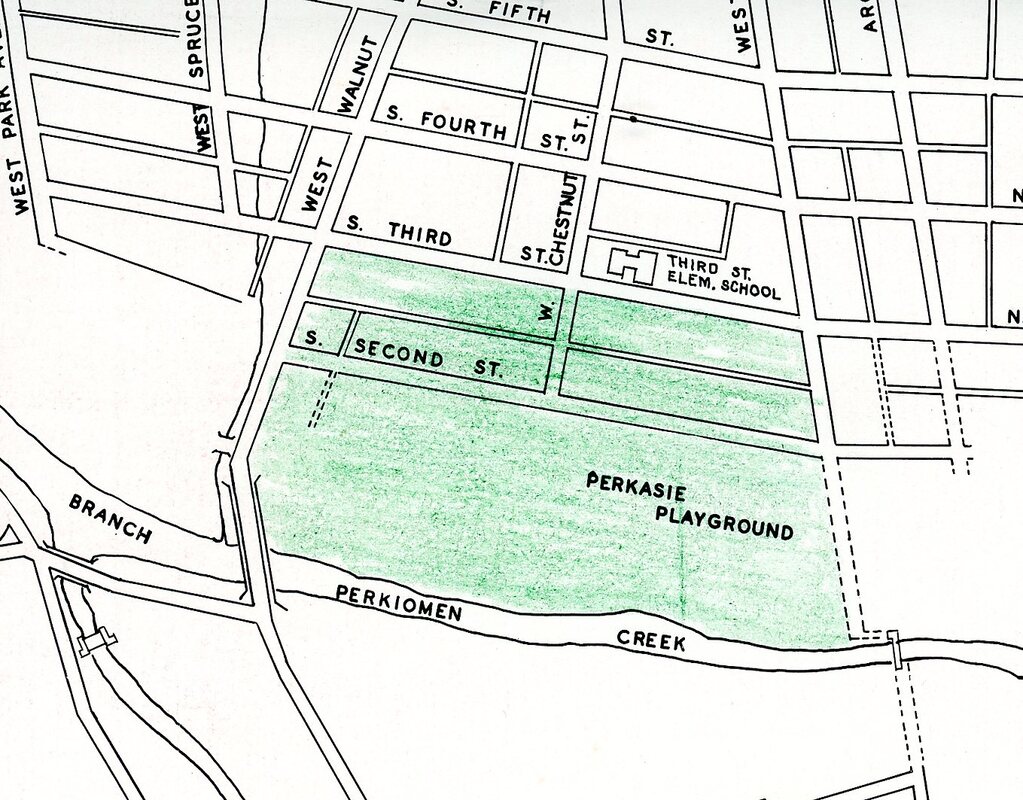
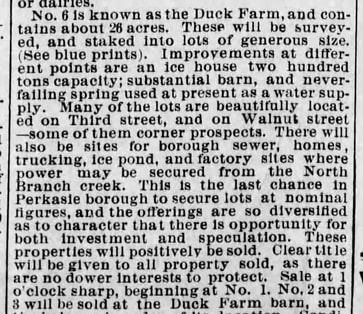

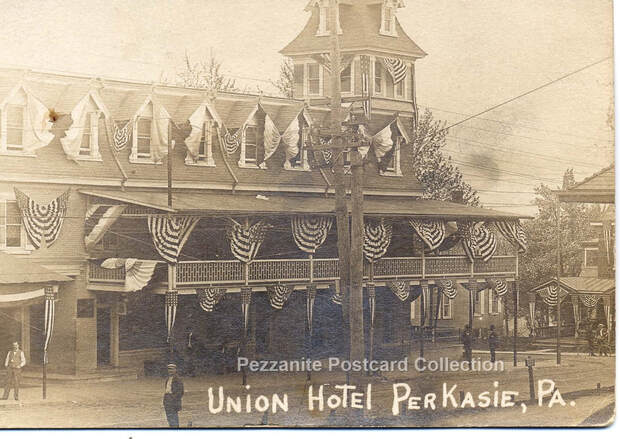
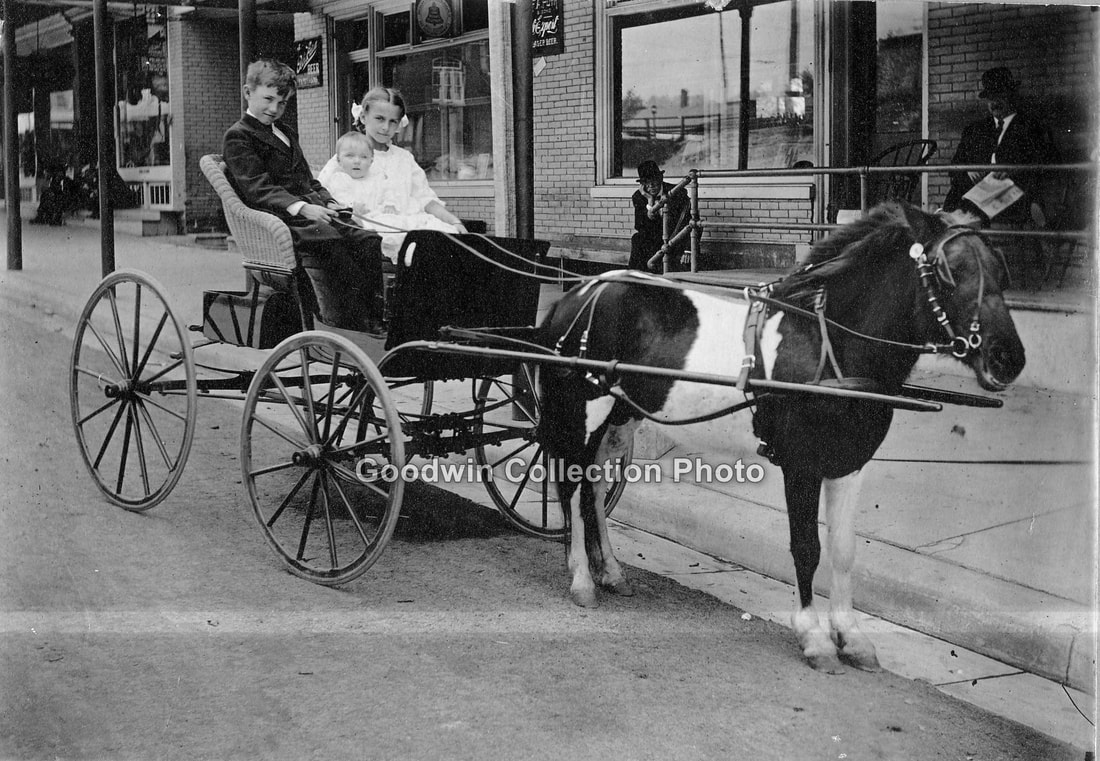
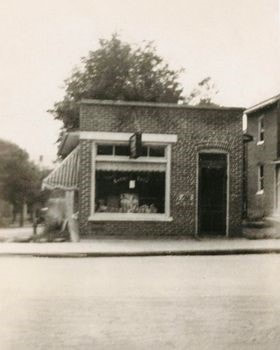
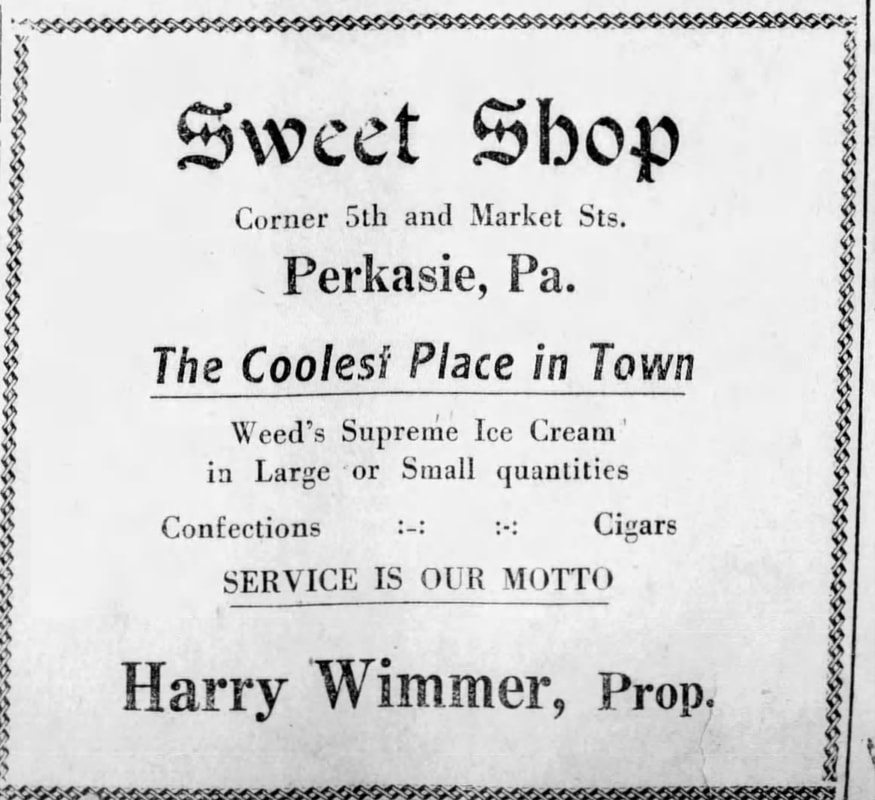
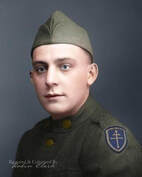

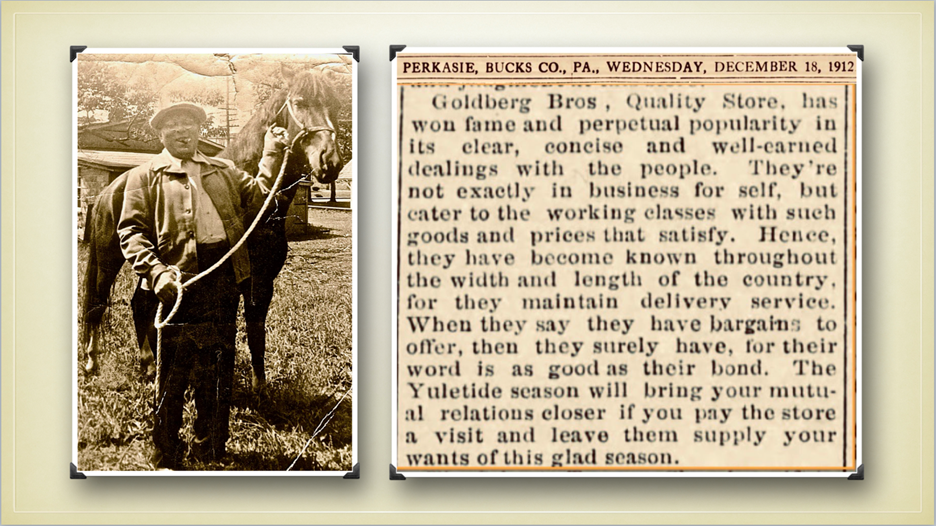
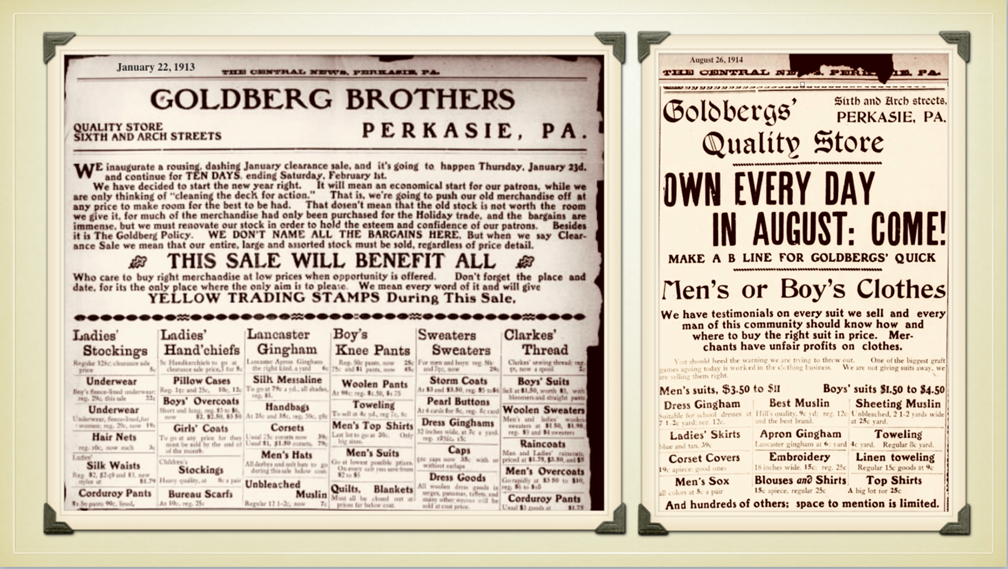
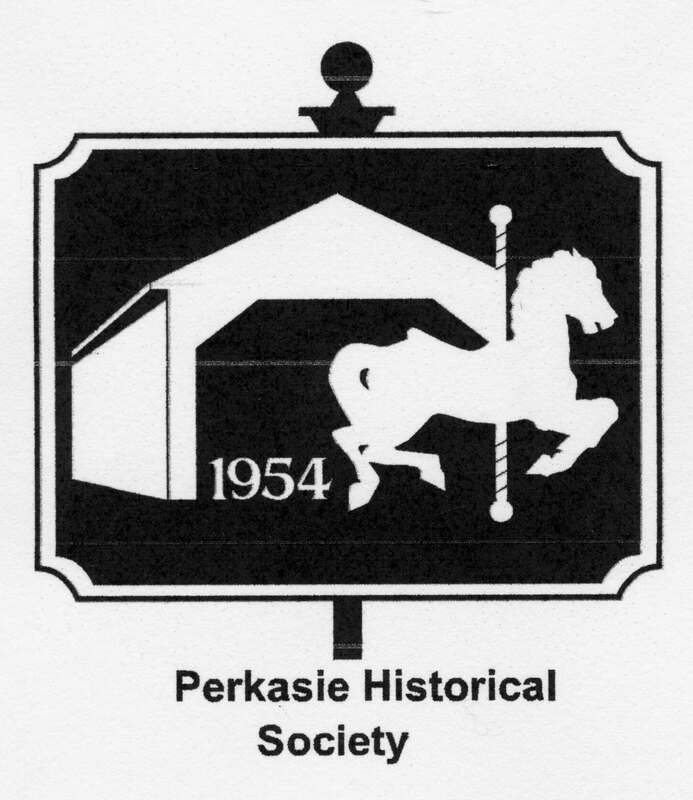
 RSS Feed
RSS Feed